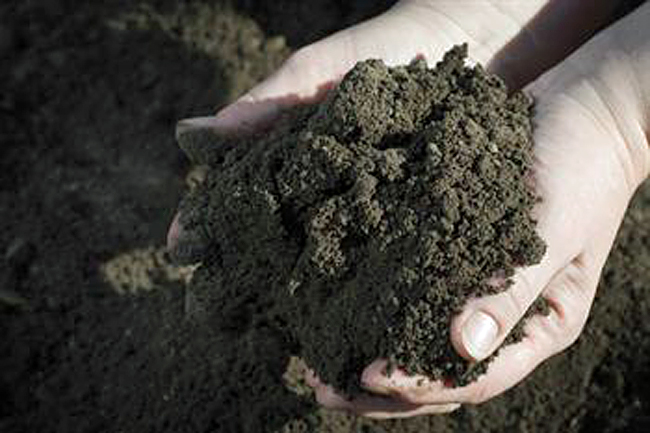I went to the Futurescape exhibition at Kempton Park racecourse earlier this week. It was a show for the landscape and horticultural industries and as well as looking around the trade stands I also attended a couple of the seminars.
The best of the technical seminars was about specifying the right soil for the right application and it was delivered by Green Tech.
If you’re a gardener then you’ll know that the ideal soil will be rich in organic material, have a balanced PH, be free from contamination, be workable and be available all year round.
But there are three types of topsoil available on a commercial scale and the quality of the soil that is supplied will very much depend upon which you choose…
Natural Topsoil
This is taken straight from the land and is normally supplied by farmers and land owners. So, the soil you get is the soil that just happens to be on the field that it’s taken from.
You have no control over the potential contaminants in the soil or its properties. It’s likely to be the cheapest option, but you’ll be taking pot luck as to what you get.
Screened Topsoil
Screened topsoil comes from skip waste so often it originates from building sites. It typically has a high PH and often contains elements of concrete, glass and brick because the screening process does not allow for sifting of really fine particles.
Potentially, therefore, it normally has low fertility, contains contaminants and rarely conforms to British Standard BS: 3882: 2007.
Manufactured Topsoil
Manufactured topsoil is mixed and supplied for specific uses. So there will be different recipes depending on whether you are planting a green roof or using it for general planting.
It has a consistent PH, texture and structure with high fertility and good “Green” credentials. Because it is manufactured to a set specification it means that there will be consistency if you need to order more later.
When I specify soil in the future, I know which one I’ll be choosing.
(Image: Green Tech)



 Leave a comment
Leave a comment
 Welcome
Welcome